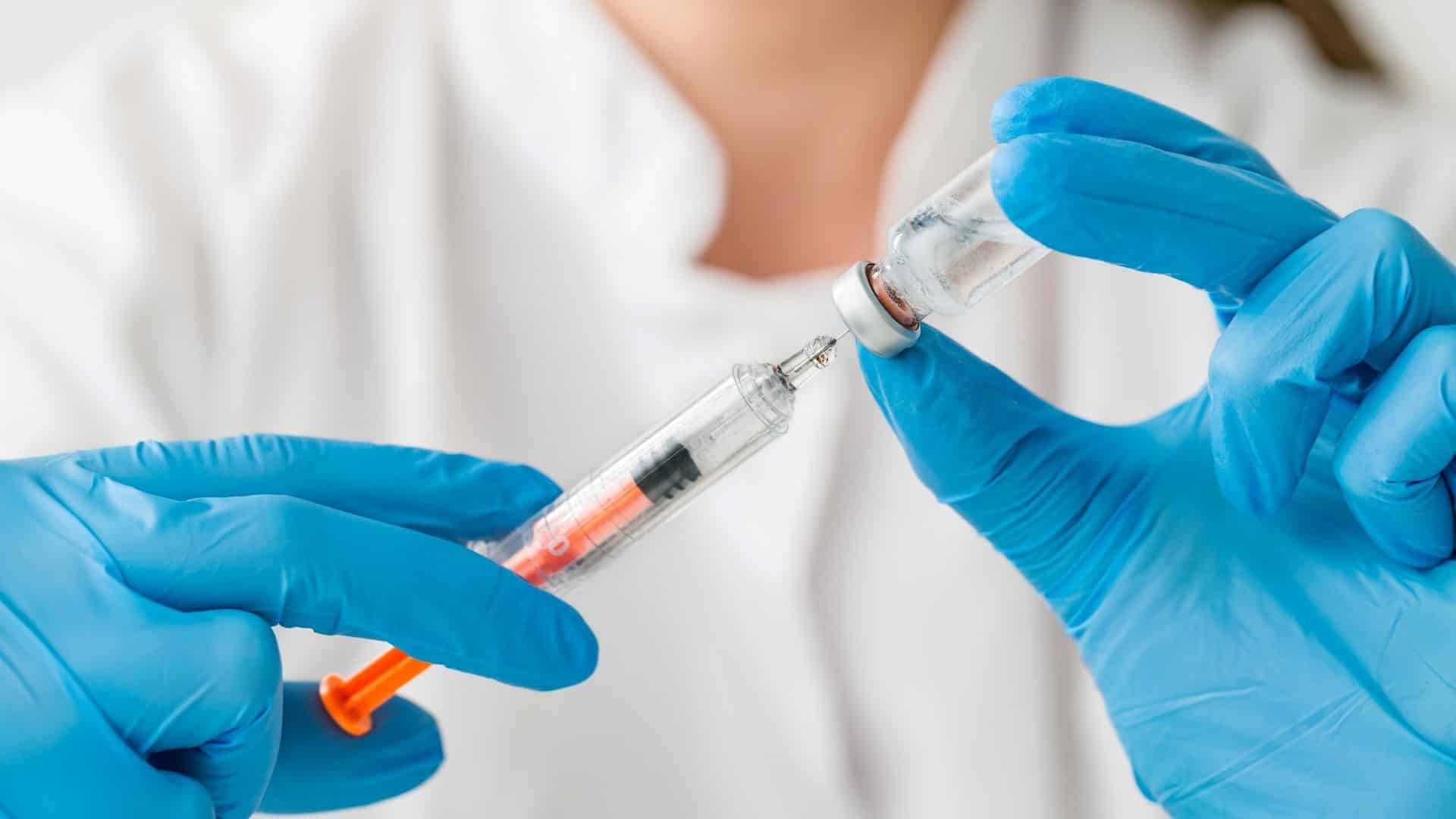
Steroid use has emerged as a versatile agent, offering healthcare providers a powerful arsenal to tackle various acute conditions. From the urgent demands of anaphylaxis to the nuanced challenges of pediatric emergencies, understanding the distinct types of steroids and their applications is paramount. This comprehensive exploration delves into insights from reputable sources, shedding light on the myriad uses of steroids in emergency medicine.
Understanding Steroids
Steroids, or corticosteroids, are medicinal substances employed for their anti-inflammatory properties in treating various conditions. Unlike anabolic steroids, which are illicitly used to enhance muscle mass, corticosteroids come in diverse forms, including tablets, liquids (e.g., prednisolone), inhalers (e.g., beclometasone, fluticasone), nasal sprays (e.g., beclometasone, fluticasone), injections (administered into joints, muscles, or blood vessels, e.g., methylprednisolone), and topical applications like creams, lotions, and gels (e.g., hydrocortisone).
Most corticosteroids necessitate a prescription, though some, like certain creams or nasal sprays, are available over the counter. While short-term or low-dose usage typically avoids significant side effects, potential drawbacks may include increased appetite, mood changes, and insomnia, particularly with steroid tablets. Side effects are generally transient and subside upon treatment completion. Abruptly discontinuing prescribed steroid courses can induce withdrawal symptoms; therefore, gradual dose reduction is advised under medical guidance.
Steroid treatment cards, such as the blue card detailing treatment specifics and risk reduction strategies or the red emergency card signaling steroid use to healthcare providers, are recommended for individuals requiring high steroid doses. These cards ensure informed medical and dental care by alerting professionals to ongoing steroid therapy in case of emergencies. Reporting suspected side effects through the Yellow Card Scheme is encouraged to monitor and enhance drug safety. (NHS choices)
Steroids in Anaphylaxis:
Anaphylaxis, a severe and life-threatening allergic reaction, necessitates swift and effective intervention.
Role of Steroids
Corticosteroids like methylprednisolone play an important role in preventing biphasic reactions and reducing the risk of recurrence. Steroids function by suppressing the inflammatory response, mitigating the prolonged effects of allergens.
Dosage and Administration
Optimal steroid effectiveness hinges on the critical factors of dosage and timing. Early administration of steroids, in conjunction with epinephrine, is recommended to enhance the overall management of anaphylactic events. (The Boston University School of Medicine)
Corticosteroids in Emergency Settings
Expanding on the foundation laid in anaphylaxis, clinicians navigate diverse emergencies where various corticosteroids prove invaluable.
- Methylprednisolone (Solu-Medrol): Acknowledged for its rapid onset of action, methylprednisolone is indispensable in managing allergic reactions and acute inflammatory conditions. Its anti-inflammatory properties make it a staple in emergency departments.
- Dexamethasone (Decadron): With a prolonged duration of action, dexamethasone is favored for conditions requiring sustained anti-inflammatory effects. Its use extends to managing croup and exacerbations of chronic obstructive pulmonary disease (COPD).
- Hydrocortisone (Solu-Cortef): Essential in treating adrenal insufficiency and septic shock, hydrocortisone plays a critical role in modulating the inflammatory response and improving hemodynamic stability. (Mayo Clinic)
Steroids in Sepsis and Septic Shock
In the intricate landscape of septic patients, steroids contribute to improved outcomes by modulating the immune response and addressing adrenal insufficiency.
Individualized Therapy
Emphasizing the need for tailored steroid therapy based on patient characteristics and responses to initial resuscitation efforts, this approach ensures optimal benefits while minimizing potential risks associated with steroid use in sepsis.
Pediatric Emergencies and Corticosteroids
Pediatric emergencies present unique challenges, necessitating a delicate balance in the use of corticosteroids. Here are the key considerations:
- Croup Management with Dexamethasone: Dexamethasone emerges as a crucial player in managing croup, a common pediatric respiratory condition. A single dose of dexamethasone proves effective in reducing symptoms and preventing hospital admissions.
- Methylprednisolone in Asthma Exacerbations: The efficacy of methylprednisolone in managing acute asthma exacerbations in children is emphasized. Its anti-inflammatory effects play a pivotal role in alleviating airway inflammation. (EBmedicine.net)
In the dynamic landscape of emergency medicine, steroids stand as indispensable allies, offering targeted solutions to a spectrum of acute conditions. From anaphylaxis to sepsis and pediatric emergencies, the judicious use of different types of steroids proves instrumental in optimizing patient outcomes.
As healthcare providers continue to refine their approach based on evolving evidence, mastering steroid use in emergency medicine remains a cornerstone of effective and comprehensive care, ensuring that providers are well-equipped to navigate the complexities of high-stakes situations with confidence and expertise.
Works Cited
NHS choices. NHS Choices, NHS, www.nhs.uk/conditions/steroids/.
The Boston University School of Medicine. “Emergency Department Corticosteroid Use for Allergy or Anaphylaxis Is …” The Boston University School of Medicine, www.bumc.bu.edu/emergencymedicine/files/2016/06/Annals-steroids-for-anaphylaxis.pdf.
“Prednisone and Other Corticosteroids: Balance the Risks and Benefits.” Mayo Clinic, Mayo Foundation for Medical Education and Research, 9 Dec. 2022, www.mayoclinic.org/steroids/art-20045692.
EBmedicine.net. “Corticosteroid Use in Management of Pediatric Emergency Conditions: EB Medicine.” Corticoid Steroid Types, Uses, and Side Effects, www.ebmedicine.net/topics/pharmacology/pediatric-corticosteroids.
